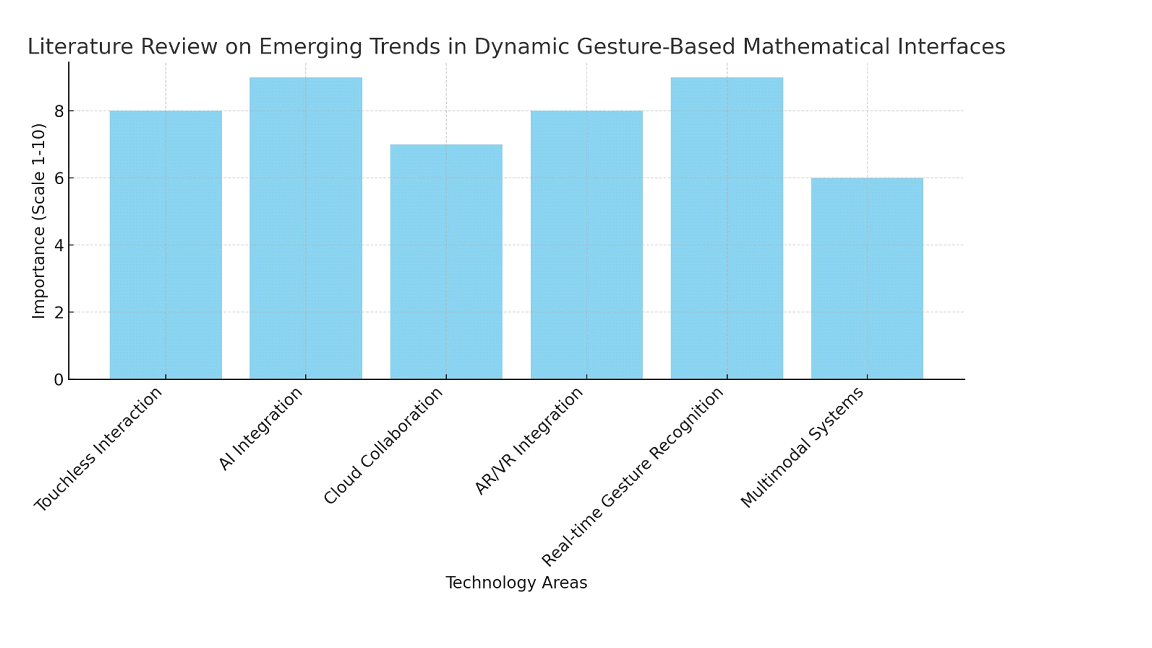Dynamic Gesture-Based Mathematical Interfaces and Problem Solvers: A Survey of Emerging Trends, Innovations, and Future Opportunities
Main Article Content
Abstract
The "Dynamic Gesture-Based Mathematical Interface and Problem Solver" introduces an innovative approach to interacting with mathematical problems using gesture-based input for intuitive and natural engagement. Traditional input methods like keyboards or styluses can be restrictive, especially for complex equations. This system employs real-time hand gesture recognition, allowing users to draw equations in the air or on a surface. Artificial intelligence and computer vision techniques dynamically interpret these gestures, providing accurate solutions. By integrating gesture recognition with mathematical parsing, the system offers a robust calculation engine that enhances educational engagement and makes learning more interactive and immersive. It facilitates efficient problem-solving, not only in educational settings but also in research, engineering, and design. Adding dynamic gesture recognition to teaching systems improves teaching efficiency and provides a more hands- on learning experience. Despite challenges such as real-time processing and handwriting variability, the system holds promise in transforming mathematical learning and problem-solving. This paper explores its architecture, AI-driven gesture recognition, and its broader impact on education and technical problem- solving. In most cases, however, it is difficult to adequately characterize the differences between dynamic gestures using the data that are collected by classic methods of dynamic gesture detection. [1]
Downloads
Article Details

This work is licensed under a Creative Commons Attribution-NoDerivatives 4.0 International License.
